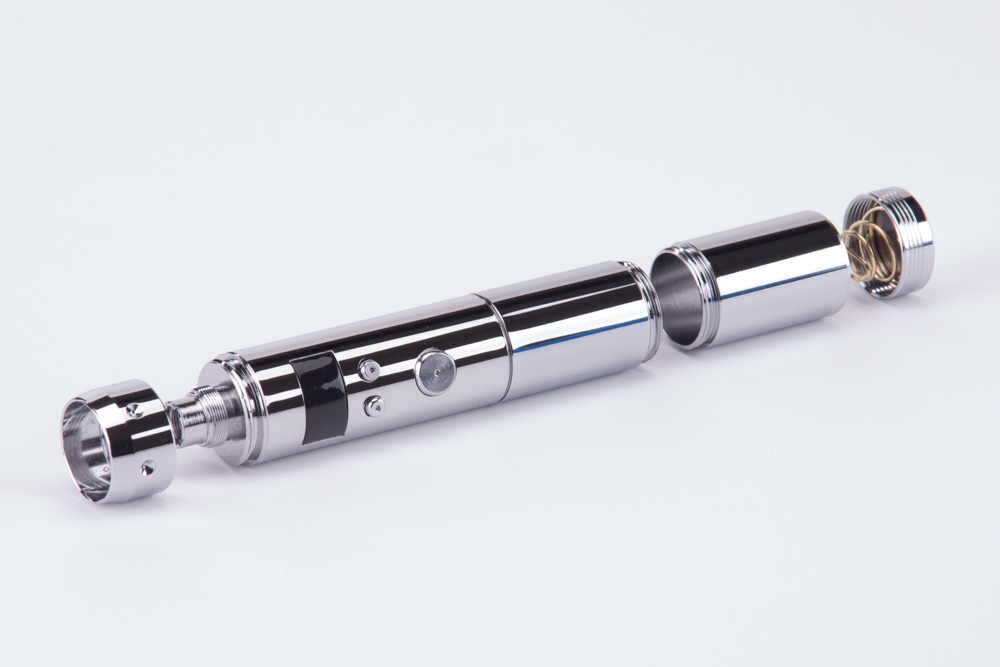Ended soon
If you’re considering installing a lake fountain pump, there are some things to remember. First, if you live in an area with wildlife, avoid installing a fountain pump near ponds where these animals are known to live. Several types of nature can chew on outdoor equipment, so it’s essential to protect the electrical cord from damage using conduit, which you can find at your local hardware store.
Aerators
The aerator of a lake fountain pump work by circulating water in a pond or lake. The aerator, or pump, is connected to an electrical box. Aerators come in two varieties: floating on a pond or lake’s surface and submerged. The former is more aesthetic, while the latter is more functional. Both types of aerators must be installed by a professional.
One of the essential components of any fountain is intake. The intake needs to be free from blockages, which can cause the pump motor to overheat. To prevent this, you should inspect the aerator periodically and follow any maintenance instructions.
Direct drive pond pumps
Direct-drive pond pumps are a good choice for any pond because of their simplicity and energy efficiency. These pumps typically range in horsepower from one-fifth to two-hundred watts. In addition, they have impeller designs that allow many solids to pass through the pump. Though some pumps advertise the ability to pass up to two-inch solids, the average is one-to-one-and-a-half inches of solids. Many manufacturers also use double mechanical seals to prevent leaks and extend the pump’s life.
Direct-drive pond pumps are more efficient than magnetic-drive pumps. These pumps use a rare earth magnet to move water through the pump’s impeller. The magnet is protected by a plastic or resin sheathing to minimize potential damage.
Solar pumps
Solar fountain pumps can be installed in the ground or on a wall near a koi pond. They will start working when the sun shines on the panel.
Solar fountain pumps have several advantages. The pump can produce several different water patterns. However, they are not designed to replace conventional pond pumps. Usually, they are bought as kits. It is because they are designed to operate for a specific purpose. They should be distinct from electric pumps that can pump a larger volume of water.
Hybrid pumps
Hybrid pumps for lake fountains can produce a powerful flow for your water features. They are ideal for low-to-medium dynamic heads and are easy to clean and repair. They are also energy-efficient. Hybrid pumps combine the power and efficiency of direct-drive and mag-drive pumps. They also have high torque, making them ideal for high-flow rates.
These pumps have a small footprint and are very economical to run. They can operate up to 1,000 GPH and use as little as 100 watts. They can also be used on cloudy days as they draw power from electricity.
Floating fountains
Floating fountains and lake fountain pumps use electricity to power a moving water feature. They are powered by a control panel on shore that supplies power to the pump and lights. A mechanical timer controls the pump, and a photocell manages the fountain lights. Many pond owners choose a timer that turns the fountain off at certain day hours. The pump and light assembly are attached to a float by water-tight connections. Some fountain pumps are bolted to the float, while others use a twist-lock mechanism to hold it in place.
Depending on the size of the pond, the floating fountain’s pumps can be installed either horizontally or vertically. Horizontal pumps are more suitable for shallow ponds, and vertical pumps are ideal for large ponds. Floats for the fountain are usually hollow plastic floats filled with air or foam. Floats are designed to hold the fountain steady and keep the spray nozzle close to the pond’s surface.
Submersed aeration
Consider adding submersed aeration to your water feature if you have a lake or pond. The air is injected into the water through a diffuser or underground tube from above. As a result, the atmosphere is diluted and helps to oxygenate the water column from bottom to top. This process also helps reduce the number of toxic gases affecting the aquatic ecosystem. Of course, a floating fountain pump can do the same thing, but submersed diffused aeration can do it at a deeper depth.
Lake water air pumps use an electric motor suspended beneath a plastic float to move water in the lake. These devices have a high air-to-water ratio and circulate a large volume of water in just one minute. First, however, they need to create the appealing spray that fountains produce.



